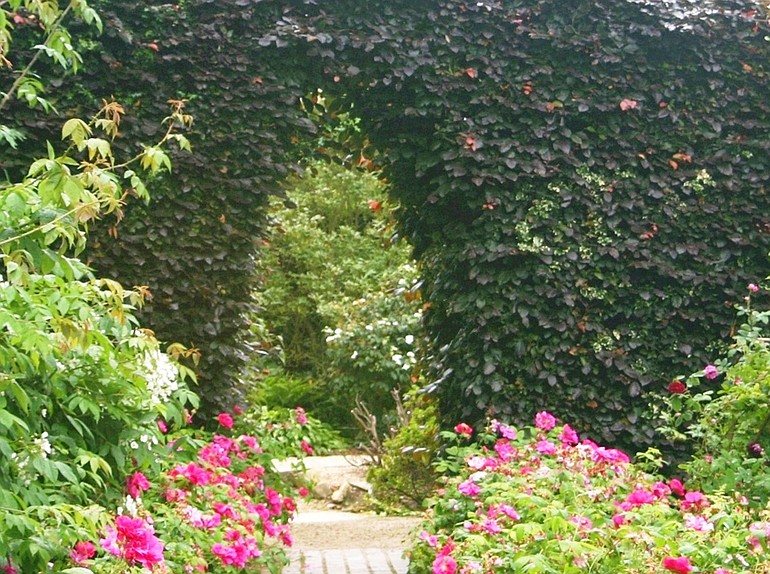It’s the time of year when many of my gardening friends begin asking for pruning tips. I typically get these questions twice a year, in late winter and in early to midsummer. By now, even the latest spring-flowering shrubs, trees and perennials have finished blooming. Without flowers to catch our attention, the size and shape of a plant becomes more important.
After taking care of a plant’s water and nutrient needs, pruning becomes the next logical step in plant care. On the other hand, not every tree, shrub or woody plant in your garden requires pruning. If you focus on planting the right plant in the right place, most woody and evergreen plants will rarely need to be pruned and then only to remove dead or diseased plant material or for light, general shaping. If a plant is healthy and has good symmetry, you probably do not need to do any pruning at all.
The key to understanding how to prune a plant is to know why a plant needs to be pruned in the first place. The questions to ask yourself is this: “What is the purpose for pruning this particular plant?” The most effective reasons for pruning are to help establish the shape of a plant along its natural lines; to improve flower or fruit production; to control the time of bloom (as in pinching back chrysanthemums); and for espalier and hedge shaping. These are all methods of seasonal pruning that enhance a plant’s best qualities.
The general purpose of pruning is not to reduce the size of a plant that has grown too large. Pruning stimulates growth. Weak growth can be stimulated to grow vigorously by hard cutting back and vigorous growth is best checked by light pruning. This is important to know if you are fighting to keep a large shrub within the boundaries of a small space. The best pruning advice I can give you regarding a plant that is too large is to move it where it has room to grow to full maturity without pruning.
Prune spring-blooming plants now, after they have finished flowering. It’s best to do this job by late July. A prime example in Washington state is the family of rhododendrons. Only after the plant has finished blooming would you deadhead, or snap off the spent flower heads. You can also reach into the shrub and cut out crossing or overlong branches to enhance the natural shape of the plant. This pruning encourages next year’s bloom.
Some other spring bloomers are azaleas, forsythia, mockorange, and flowering quince. Heaths and heathers should be sheared soon after flowering. Use hedge trimmers and cut the entire shrub back just far enough to take off the spent flower heads. This will give the heather a neat, compact shape, eliminate the messy look of dead blooms and prevent the heather from dying out in the middle.
Timing is everything
We do not have to worry about winter pruning now, but it is always good to know why a specific pruning job is done at a different time of year. The plants we prune from late winter into spring are those plants that bloom in the following growing season, any time from spring through summer, on wood produced this year. Prune fruit trees in late winter when all the leaves are off the tree, before new buds begin to grow. Don’t worry, most pruning mistakes will cover themselves up after a season of good growth.
We also prune shrubs grown for colored winter stems in late winter or early spring, shortly before new growth begins. These include the shrubby dogwoods (Cornus alba and Cornus stolonifera), the bright, salmon red Salix “Britzensis” and the ghostly white-stemmed bramble, Rubus cockburnianus. The key to successful pruning of these shrubs is to keep them eternally young; vigorous new shoots are longer and more brightly colored or bloom more freely than older, unpruned growths.
It’s a good habit to do a quick review before each pruning job. You will find innumerable sites on the Internet, although I have noticed that my favorites are those that refer back to a reliable book source. Being a book lover, I like to have a book on hand while pruning. I recommend a trip to the bookstore where you will find a book that fits your style of learning. A good, basic pruning manual is a useful garden tool, especially if you have a large yard with a variety of trees and shrubs, or are particularly interested in the art of pruning.
Robb Rosser is a WSU-certified Master Gardener. Reach him at Write2Robb@aol.com.



